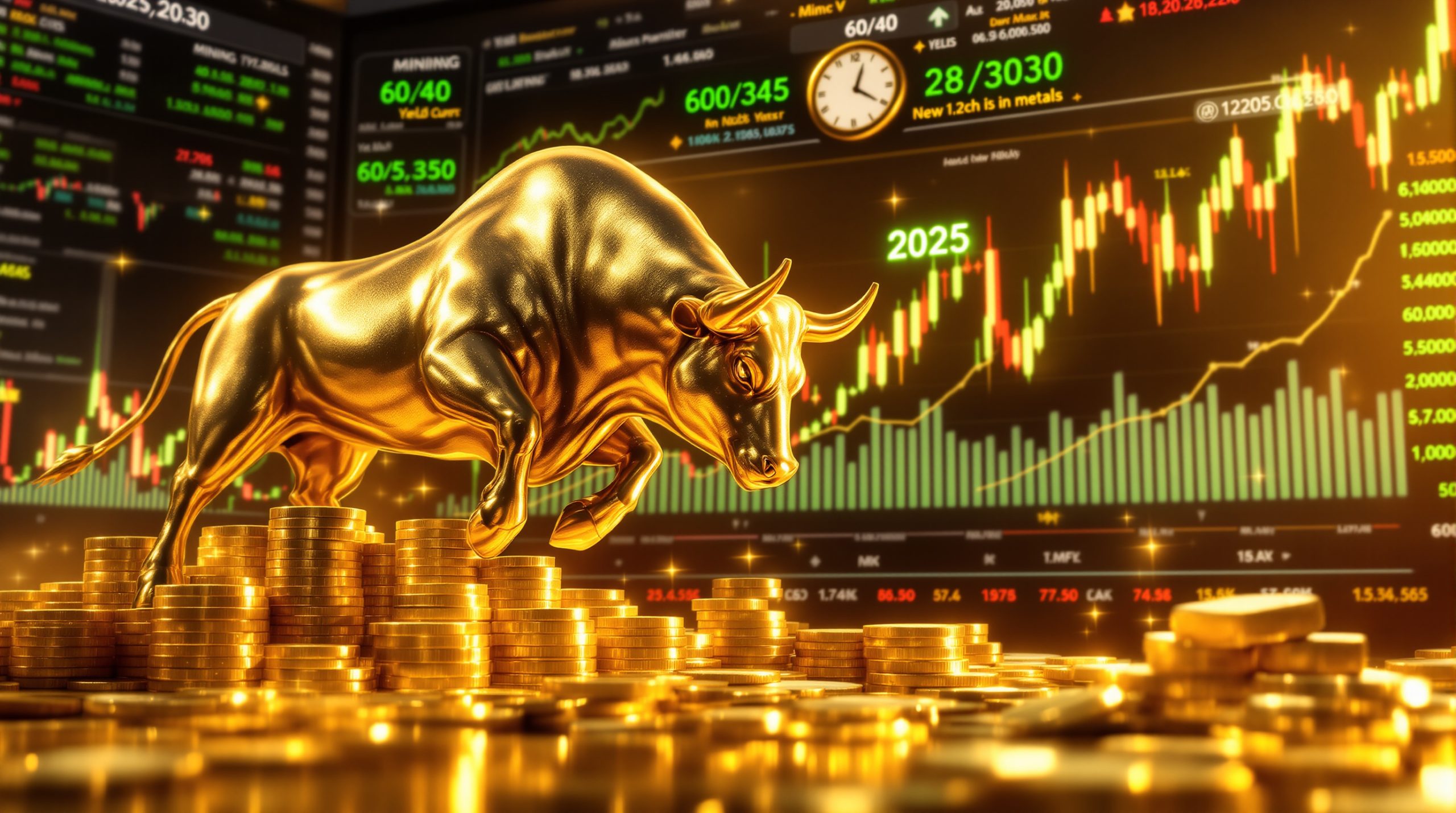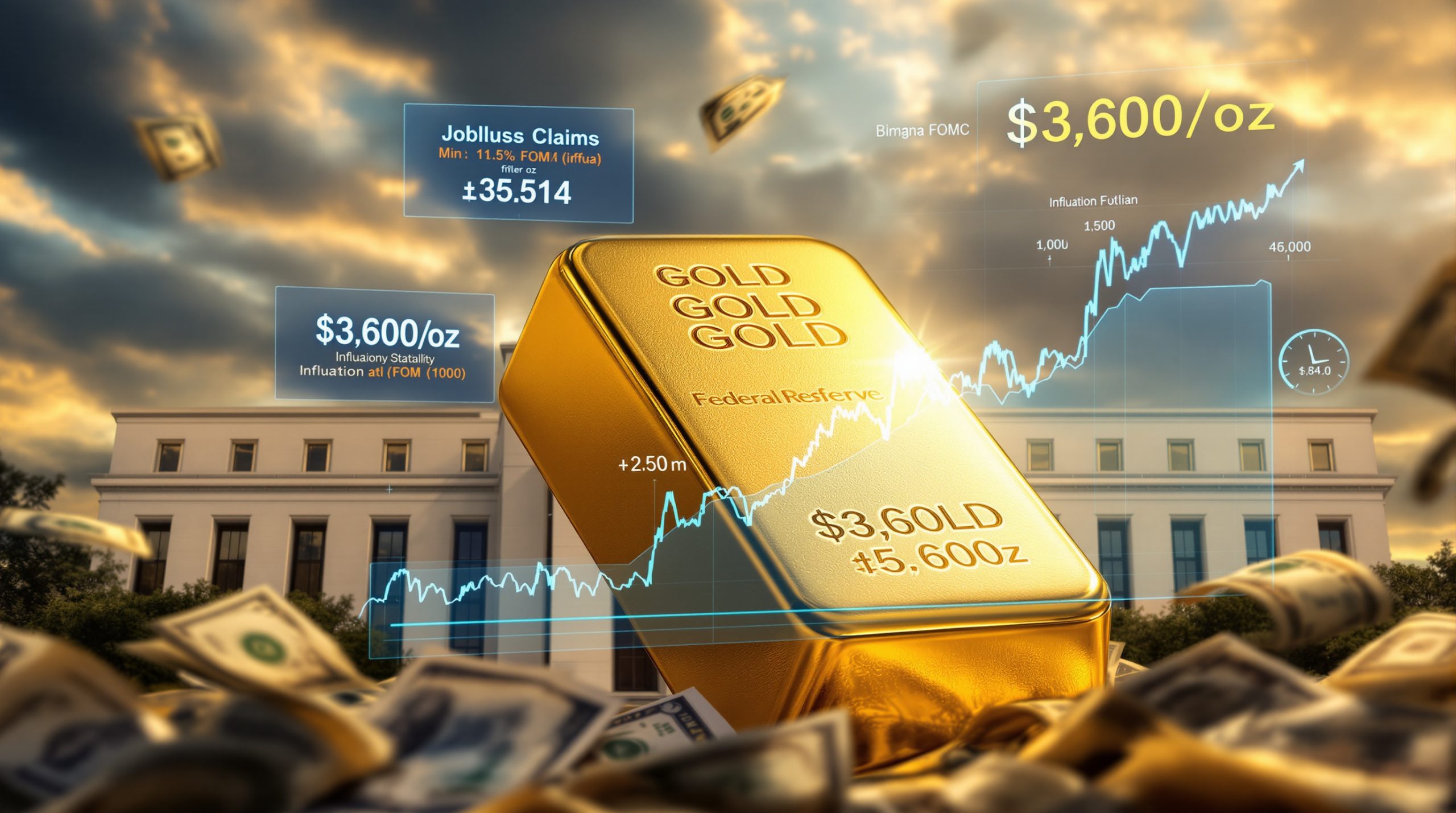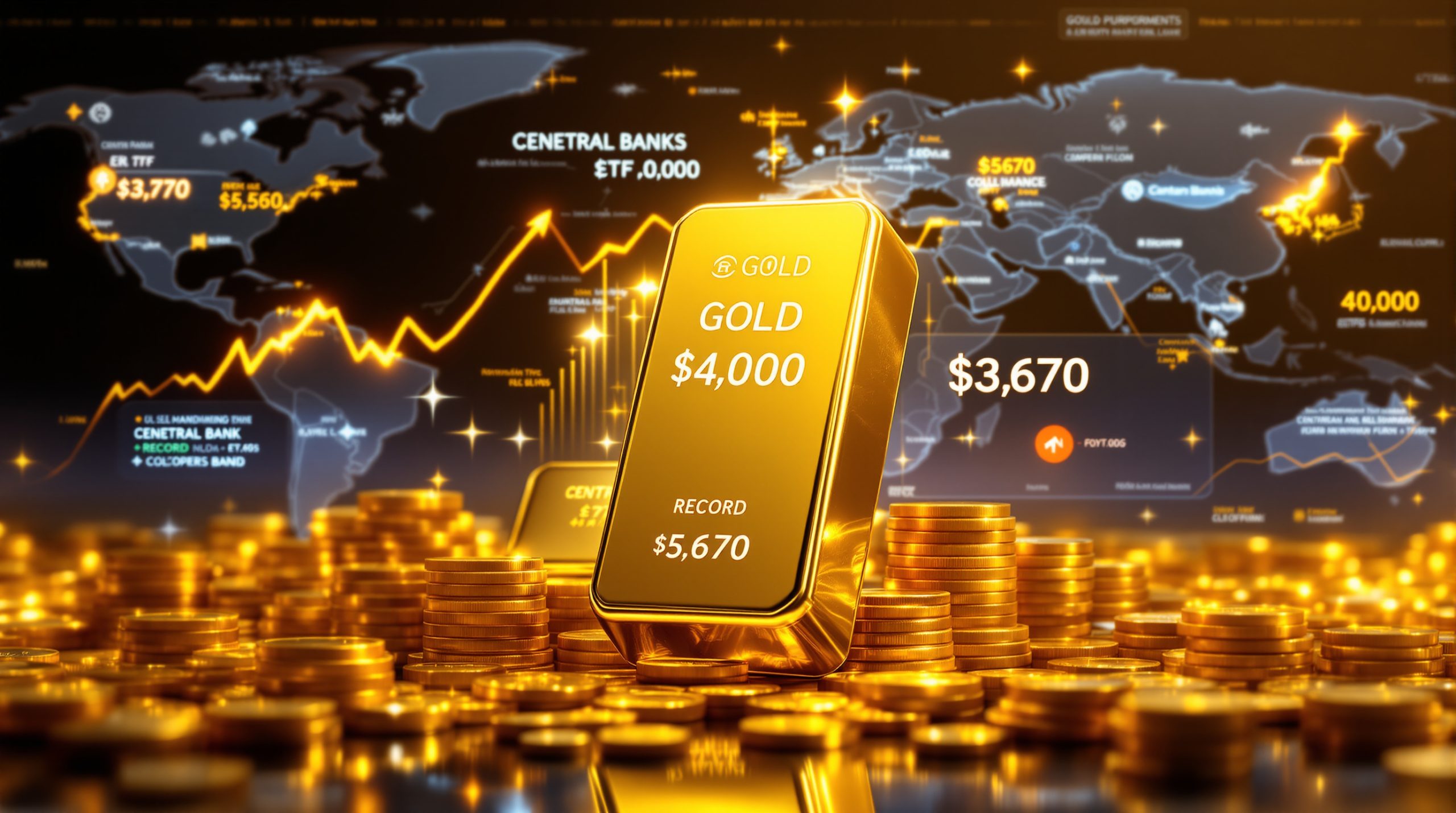How Do Interest Rates Impact Economic Growth?
The Relationship Between Interest Rates and Investment
Interest rates directly influence corporate investment decisions, with lower rates reducing borrowing costs and encouraging expansion. The 10-year Treasury yield recently fell to 3.9%, reflecting market anticipation of economic softening. Keith Weiner, CEO of Monetary Metals, notes that uncertainty about future rate trajectories leaves businesses "paralyzed," preferring cash preservation over capital expenditures. Historical data shows a 12% decline in S&P 500 capital expenditures during the 2018–2019 rate hike cycle, underscoring this behavioral pattern.
The Federal Reserve's Role in Interest Rate Management
While the Fed controls short-term rates through the federal funds rate, long-term yields like the 10-year Treasury remain market-driven. Weiner describes the current system as a "debt-backed currency borrowed into existence by a central bank," emphasizing structural fragility. Fed independence mitigates hyperinflation risks, but political pressures persist—former President Trump publicly floated replacing Chair Powell to expedite rate cuts.
What's Currently Happening in the Economy?
Current Economic Indicators and Concerns
Gold reached a record $3,100/oz in April 2025, while Monetary Metals' fundamental pricing model estimates its equilibrium value at $3,500. Concurrently, Q1 GDP growth of 2.1% masks underlying weakness, as tariff-induced demand-pulling artificially inflated activity. Analysts project Q2 GDP contraction of 0.7–1.2%, aligning with Weiner's warning of "storm" conditions.
Market Uncertainty and Its Effects
Corporate cash reserves hit $2.3 trillion in Q1 2025, a 15% YoY increase, illustrating risk aversion. Layoffs rose 8.3% monthly in March, concentrated in tariff-exposed manufacturing sectors. Weiner cautions that defaults could cascade through a "highly levered system," referencing 2008-style contagion risks.
How Do Tariffs Affect Economic Performance?
The Impact of Tariff Policies
Proposed tariffs of 84–230% on Chinese goods threaten to render 18–24% of affected imports "sub-marginal". While protecting 45,000 U.S. steel jobs, downstream industries employing 3.2 million workers face $62 billion in annual cost increases. Weiner notes foreign competitors like German automakers gain 7–11% cost advantages absent tariff burdens.
Employment and Production Considerations
For every protected industry, multiple downstream sectors face competitive disadvantages. The automotive sector, for instance, employs approximately 10 times more workers than the steel industry but faces significantly higher input costs due to tariff policies. As Weiner emphasizes, economic changes happen "at the margin," meaning even small cost increases can push previously profitable ventures into unprofitability.
What's the Outlook for Gold and Silver?
Gold Price Trends and Analysis
Gold's surge to $3,100/oz correlates with the dollar's depreciation to 9.2 milligrams of gold, a 23-year low. A comprehensive gold market analysis helps investors understand these dynamics better. Monetary Metals' lease rate model projects 2025 year-end targets of $3,800–$4,200, assuming continued central bank diversification (Q1 2025 CBGA purchases: 289 tonnes).
Silver Market Dynamics
Silver's fundamental price of $34/oz exceeds its current $28.50 market price, reflecting industrial demand lag. The gold/silver ratio of 85:1 remains above the 60:1 10-year average, suggesting undervaluation. Recent gold price surge analysis indicates that unlike gold, silver has not yet experienced dramatic price increases, though fundamentals suggest significant upside potential in the coming months.
How Are Credit Markets Evolving?
Changes in Credit Market Indicators
The LIBOR-SOFR transition eliminated unsecured interbank rate signals, with SOFR volatility 40% lower than LIBOR's 2008–2012 average. Weiner argues this obscures banking stress, citing Q1 2025 CRE delinquency spikes (6.9%) not reflected in SOFR movements. This shift represents a significant change in how market participants monitor credit risk.
Systemic Risk Assessment
The transition from LIBOR to SOFR has profound implications for detecting systemic risk. LIBOR, which required banks to estimate their borrowing costs, provided early warning signals during credit crunches. In contrast, SOFR uses treasuries as collateral, making it "much more muted in showing any kind of bank stress," according to Weiner. This reduced visibility could delay market reactions to emerging financial instability.
What Should Investors Watch For?
Key Economic Indicators to Monitor
Q2 GDP estimates (-0.7 to -1.2%) and June unemployment (forecast: 4.8%) will confirm recession risks. High-yield bond spreads widening to 580 bps signal rising default probabilities. As Weiner colorfully notes, "It's all fun and games until somebody misses a payment," highlighting how quickly market sentiment can shift when defaults begin.
Investment Considerations During Uncertainty
Monetary Metals offers 4% yield on gold-backed loans, outperforming 3.7% 10-year TIPS. Understanding the difference between investing vs speculating strategies becomes crucial in such environments. Weiner advocates physical precious metals (allocated storage) over ETFs to minimize counterparty risks. Cash preservation becomes increasingly important during economic downturns, not just for safety but also to capitalize on potential opportunities to acquire assets "on sale" when markets decline.
FAQs About Interest Rates and the Economy
Why might interest rates fall despite inflation concerns?
The monetary system's structure—where dollar holders automatically fund Treasuries—decouples rates from inflation, per Weiner. 2025's 5.1% CPI hasn't prevented 10-year yield declines due to recession hedging. As Weiner explains, "That's not how the monetary system works…if you have a dollar, you are funding treasuries whether you like it or not." For more detailed explanations, the Federal Reserve's educational resources provide valuable context.
How does economic uncertainty affect business decisions?
Uncertainty's "paralyzing" effect is quantifiable: The VIX/CEO Confidence Index correlation shows 0.82 R² since 2020. Businesses tend to preserve cash rather than invest when facing uncertain policy environments regarding tariffs or interest rates. This creates a self-reinforcing cycle where reduced investment leads to economic slowdown.
What signals potential economic trouble ahead?
Key warning signs include declining GDP growth, rising unemployment, businesses hoarding cash, and increasing defaults across various economic sectors. The credit markets often provide early signals, with widening spreads between Treasury and corporate bonds indicating growing risk perception. Watching the 10-year Treasury yield can provide insights into market expectations for economic growth.
How does gold perform during economic uncertainty?
Gold typically rises during periods of economic uncertainty, especially when confidence in currencies and traditional financial assets declines. Rather than viewing this as gold making all-time highs, Weiner suggests framing it as "the dollar making new all-time lows." Gold's rise above $3,100 reflects this dynamic, with potential for further appreciation as economic challenges intensify.
The Interconnection Between Interest Rates and Economic Health
The relationship between interest rates and economic growth extends beyond simple correlations. As central banks adjust monetary policy, the ripple effects influence everything from business investment to consumer spending patterns. Low interest rates can stimulate short-term economic activity but may create asset bubbles and misallocations of capital over time. Conversely, higher rates can cool overheated economies but risk triggering recessions if implemented too aggressively. For a comprehensive understanding of these mechanisms, Investopedia's article on interest rates provides excellent insights.
Long-term Implications for Investors
Investors navigating this complex environment must consider both short-term tactical positions and long-term strategic allocations. Physical gold and silver represent time-tested stores of value during periods of currency debasement, while interest-bearing precious metals investments offer potential income streams without abandoning inflation protection. Systematic investing insights can help structure portfolios during these challenging periods. Additionally, exploring global commodities insights provides context for understanding broader market trends. As Weiner suggests, understanding the fundamental drivers behind interest rates and precious metals provides crucial context for building resilient portfolios.
Disclaimer: This article contains analysis and forecasts based on current economic conditions. Future outcomes may differ significantly from projections. Readers should consult financial professionals before making investment decisions.
Want to Spot the Next Major Mineral Discovery?
Discovery Alert's proprietary Discovery IQ model identifies significant ASX mineral discoveries in real-time, transforming complex data into actionable investment opportunities. Explore historic discoveries and their substantial returns by visiting the Discovery Alert discoveries page and position yourself ahead of the market with your 30-day free trial.




